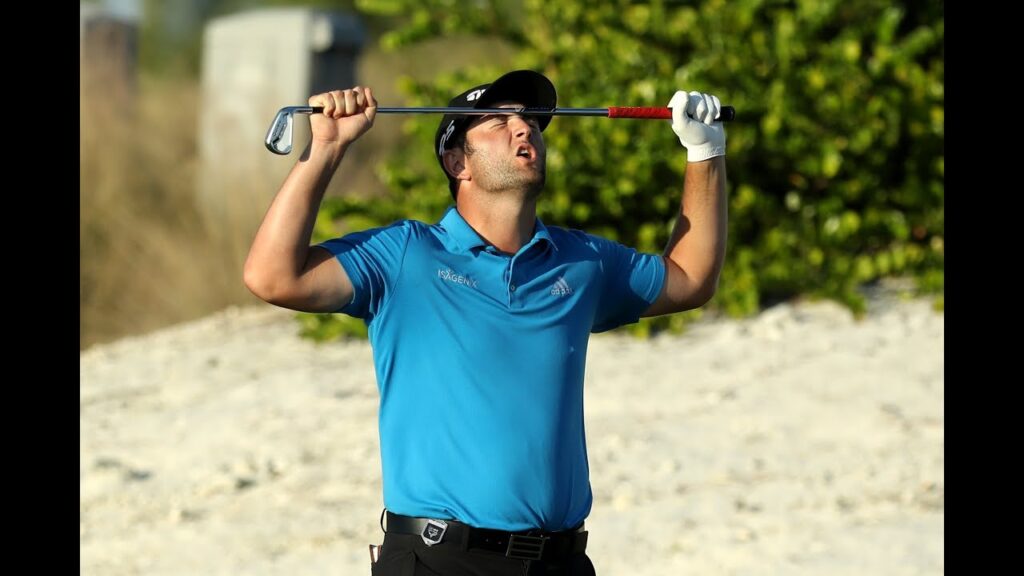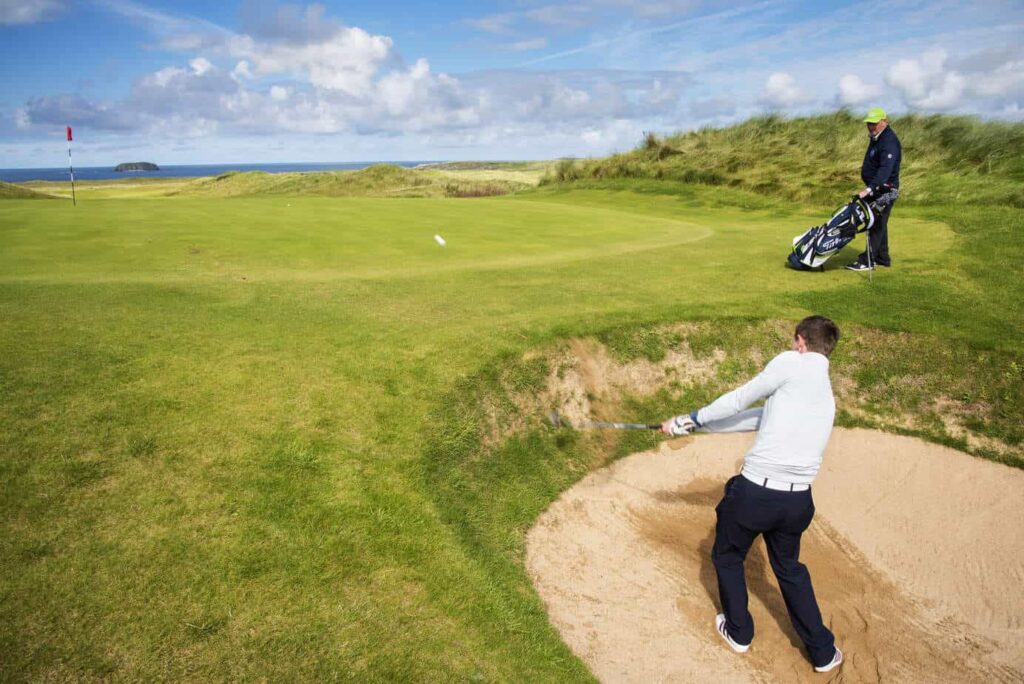The 2023 PGA Championship was a real exciting nail bitter. If you were watching, you may have picked up some insights which will impact the success or failure in your game too. Of course, perfection for every swing in YOUR game is every golfer’s wish. So that’s why you practice and play this game instead of turning into a couch potato. These tips may hopefully help you turn on a few light bulbs for your future rounds of golf.
PGA Pro Ties for 15th Place (and a big payday)
Michael Block was one of the 20 PGA Golf Course Pros who was selected to play at the PGA Championship. It is rare that these Club Pros every get into the top 20 for this tournament so the network cameras focused a lot of time on Michael Block during his Cinderella success. He had only honed his skills for years by hitting about ONE bucket of balls every week as he demonstrated shots to his trainees on a California golf course.
Why was he so successful? Surprisingly, he used old technology clubs that worked for his game. He has played with the same 7 iron since 2013 and his Odyssey White Hot 2-ball putter for the past 20 years. Luck also came into play when he sank a hole-in-one on the final day. You only need to know the right club and the right swing to hit your target. We should all work on perfecting our swing but you will need some divine guidance or a great caddie to find success.
BTW he was offered $50K for the 7 iron used for his hole-in-one shot. He should have taken the offer as he had the highest scores on his next tournament and he missed the cut.
68% of the LIV Golfers Made the Cut
Brooks Koepka won the tournament at 9 under par. Including Brooks, 5 of the top 20 spots were from the LIV team. [Three LIV players finished in the top six at The Masters.]. It really is critical for PGA and LIV to work together to provide world class golf. It will be a great loss if the golf entertainment world don’t provide a unified solution in the near future.

One Shot Can Ruin Your GAME
Don’t fall into this trap! On day 3 of the PGA Championship a Canadian pro, Cory Connors, was leading and playing with golf perfection until he buried his ball in the lip of a sand trap on the 16th hole. With that shot he ended up taking a double bogie and dropping out of first place. He followed up the next day with 7 bogies. He totally lost his belief that he was a great golfer and could win that tournament. Unfortunately, it takes 4 days of excellent golf to win any of the 4 majors.
Your mental attitude and belief in your ability to play great golf has everything to do with your success when you play every round of golf. Practice with GOLFSTR+ to improve your perfection with every shot in your game. Buy one today at www.GOLFSTR.com










